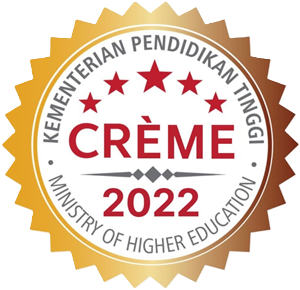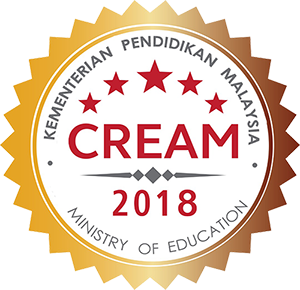IN VITRO GASTROINTESTINAL DIGESTION ON THE ANTIOXIDANT ACTIVITY OF BIOACTIVE COMPOUND IN HYDROETHANOLIC LEAF EXTRACT OF MORINGA OLEIFERA
DOI:
https://doi.org/10.26525/jtfs2025.37S.SI.20Keywords:
Moringa oleifera, in vitro digestion, antioxidant, bioaccessibility, residual antioxidant activity, cytotoxicityAbstract
Moringa oleifera (MO) is a medicinal and nutritional plant rich in bioactive compounds, macro- and micronutrients that are important for prevention or treatment of diseases and sustaining healthy body function. Almost all parts of this plant are edible and possess therapeutic properties, such as antioxidant, antidiabetic, anticancer, and antimicrobial effects. This study aimed to investigate the antioxidant activity and polyphenol content of M. oleifera, and to evaluate its bioaccessibility and residual antioxidant activity during in vitro digestion. Changes in antioxidant activity were evaluated through DPPH, ABTS, TPC, TFC, FRAP, ORAC, SOD and CUPRAC assays in the oral, gastric, and intestinal phases. The cytotoxic effect of MO was evaluated using MTT assay against Vero and WRL-68 cell lines. The antioxidant activity of the MO leaf extract during simulated in vitro digestion was the highest at the stage of oral digestion, with the ABTS test showing the highest residual antioxidant activity (84.52 ± 3.98%). Overall, the digestive process affected the bioaccessibility and residual antioxidant activity of the MO leaf extract, which decreased in every phase on most of the assays tested. In the cytotoxicity test, the MO leaf extract had high IC50 values (> 1000 μg/mL), indicating low toxicity against all tested cell lines. These findings suggest that M. oleifera possesses high antioxidant properties and remains bioaccessible across all phases of digestion, which may have potentially beneficial effects on health.









